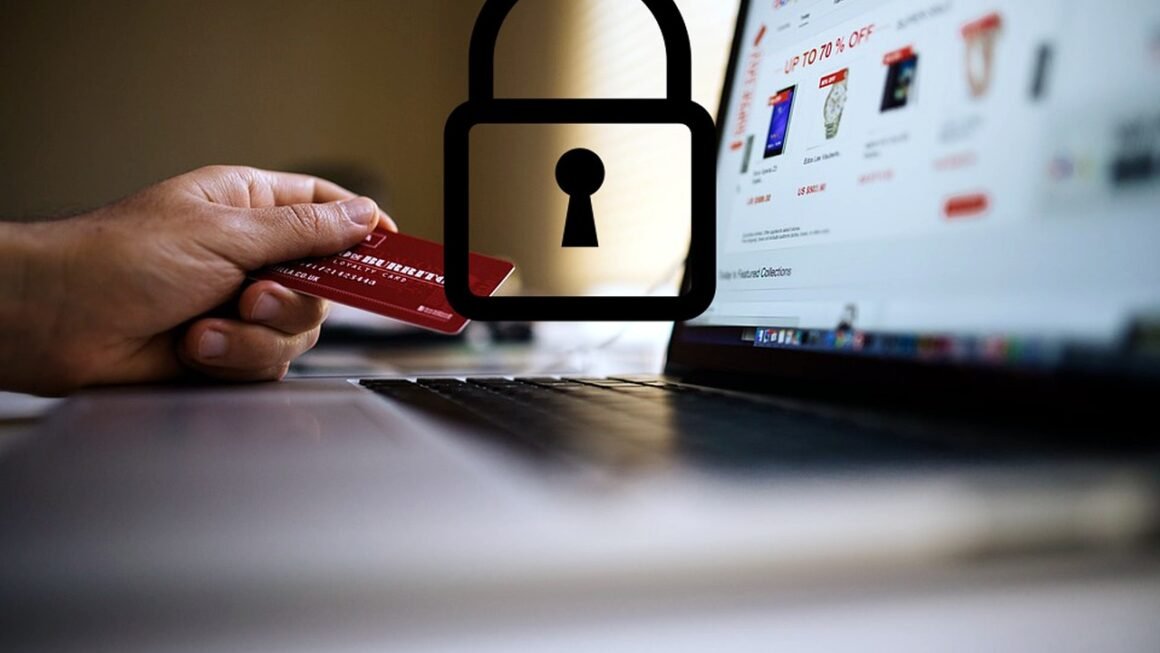Imagine leaving your house without a physical wallet. Sounds impossible, right? Not anymore. Digital wallets are revolutionizing how we pay for goods and services, offering a convenient, secure, and increasingly popular alternative to traditional payment methods. From contactless payments at your favorite coffee shop to online purchases on your laptop, digital wallets are reshaping the financial landscape. This blog post delves into the world of digital wallets, exploring their functionality, security features, and the benefits they offer consumers and businesses alike.
What is a Digital Wallet?
A digital wallet, also known as an e-wallet, is a software-based system that securely stores payment information, such as credit card details, debit card information, loyalty cards, and even cryptocurrencies, on a digital device. It allows users to make electronic transactions quickly and easily, both online and in-store. Essentially, it’s a virtual version of your physical wallet, offering a more streamlined and often more secure way to manage your finances.
Types of Digital Wallets
Digital wallets come in various forms, each catering to different needs and preferences:
- Mobile Wallets: These are the most common type, accessible via smartphones and smartwatches. They utilize technologies like Near Field Communication (NFC) or QR codes to facilitate payments. Examples include Apple Pay, Google Pay, and Samsung Pay.
- Online Wallets: These are web-based services that store payment information for online transactions. Think of PayPal, Amazon Pay, or the payment portals integrated into many e-commerce sites.
- Desktop Wallets: Primarily used for cryptocurrencies, these wallets are software applications installed on a computer. They offer more control over cryptocurrency holdings.
- Cryptocurrency Wallets: Specific to managing cryptocurrencies like Bitcoin and Ethereum. They can be hardware wallets (physical devices) or software wallets (applications).
How Digital Wallets Work
The underlying technology varies depending on the type of wallet, but the general principle is the same: securely storing your payment information and transmitting it to the merchant when you make a purchase.
- NFC Payments: Mobile wallets like Apple Pay utilize NFC, a short-range wireless technology. When you hold your phone near a compatible payment terminal, the NFC chip communicates with the terminal, transmitting encrypted payment data.
- QR Code Payments: Some wallets use QR codes. You scan the merchant’s QR code using your wallet app, which initiates the payment process.
- Tokenization: A critical security feature of many digital wallets is tokenization. Instead of transmitting your actual credit card number, the wallet generates a unique, temporary “token” for each transaction. This protects your sensitive financial data from being compromised if the merchant’s system is breached.
Benefits of Using a Digital Wallet
Digital wallets offer a multitude of advantages over traditional payment methods, making them an increasingly attractive option for consumers and businesses.
Enhanced Security
- Tokenization: As mentioned earlier, tokenization is a powerful security measure that protects your financial information during transactions.
- Biometric Authentication: Many wallets require fingerprint scanning or facial recognition for authorization, adding an extra layer of security.
- Encryption: Digital wallets encrypt your payment information, making it difficult for hackers to intercept and steal your data.
- Reduced Risk of Physical Theft: Eliminates the risk of losing your physical wallet containing cards and cash.
Convenience and Speed
- Faster Checkout: Digital wallets streamline the payment process, allowing you to make purchases with just a tap or a scan. No more fumbling for cards or counting cash.
- Simplified Online Shopping: Stored payment information makes online purchases quicker and easier.
- Reduced Clutter: Consolidate multiple cards and loyalty programs into a single digital wallet, reducing the bulk in your physical wallet.
Rewards and Loyalty Programs
- Integration with Loyalty Programs: Many digital wallets allow you to store and redeem loyalty points automatically, making it easier to earn rewards.
- Exclusive Deals and Discounts: Some wallets offer exclusive deals and discounts to users, incentivizing adoption.
Practical Example: Using Apple Pay
Imagine you’re buying a coffee. Instead of reaching for your physical wallet, you simply hold your iPhone near the contactless payment terminal. Your phone recognizes the terminal via NFC, and you authorize the payment using Face ID or Touch ID. The transaction is completed in seconds, and you receive a notification confirming the payment.
Choosing the Right Digital Wallet
With so many options available, selecting the right digital wallet can seem daunting. Consider these factors:
Compatibility
- Device Compatibility: Ensure the wallet is compatible with your smartphone, smartwatch, or other devices.
- Merchant Acceptance: Check if the wallet is widely accepted by merchants you frequently visit.
Security Features
- Tokenization: Prioritize wallets that utilize tokenization for added security.
- Biometric Authentication: Look for wallets that offer fingerprint scanning or facial recognition.
- Multi-Factor Authentication (MFA): Opt for wallets that offer MFA for enhanced account security.
Fees and Charges
- Transaction Fees: Some wallets may charge transaction fees for certain types of payments.
- Account Maintenance Fees: Check for any monthly or annual account maintenance fees.
User Interface and Ease of Use
- Intuitive Design: Choose a wallet with a user-friendly interface that is easy to navigate.
- Customization Options: Look for wallets that allow you to customize settings and preferences.
Example: Comparing Apple Pay and Google Pay
Both Apple Pay and Google Pay are popular mobile wallets. Apple Pay is deeply integrated with the Apple ecosystem and offers strong security features, including tokenization and biometric authentication. Google Pay is available on Android devices and offers similar features, plus integration with Google services like Gmail and Google Assistant. The “best” choice depends on your preferred device and ecosystem.
Security Best Practices for Digital Wallets
While digital wallets are generally secure, it’s crucial to follow security best practices to protect your financial information.
Keep Your Device Secure
- Use a Strong Password or PIN: Protect your smartphone or device with a strong, unique password or PIN.
- Enable Biometric Authentication: Take advantage of fingerprint scanning or facial recognition for added security.
- Keep Your Software Updated: Regularly update your device’s operating system and wallet app to patch security vulnerabilities.
Monitor Your Account Activity
- Review Transactions Regularly: Regularly review your transaction history to identify any unauthorized activity.
- Set Up Transaction Alerts: Enable transaction alerts to receive notifications whenever a purchase is made using your digital wallet.
Be Wary of Phishing Scams
- Avoid Suspicious Emails or Texts: Be cautious of phishing emails or texts that request your personal or financial information.
- Never Share Your PIN or Password: Never share your PIN, password, or other sensitive information with anyone.
- Report Suspicious Activity Immediately: If you suspect fraud or unauthorized activity, contact your bank or wallet provider immediately.
Conclusion
Digital wallets are transforming the way we manage our finances, offering a more convenient, secure, and efficient alternative to traditional payment methods. By understanding the different types of digital wallets, their benefits, and the importance of security best practices, you can confidently embrace this technology and reap its many rewards. As technology continues to evolve, digital wallets will undoubtedly play an increasingly prominent role in the future of payments. The convenience and security features offered by digital wallets are hard to ignore, making them a powerful tool for managing your finances in today’s digital world.



